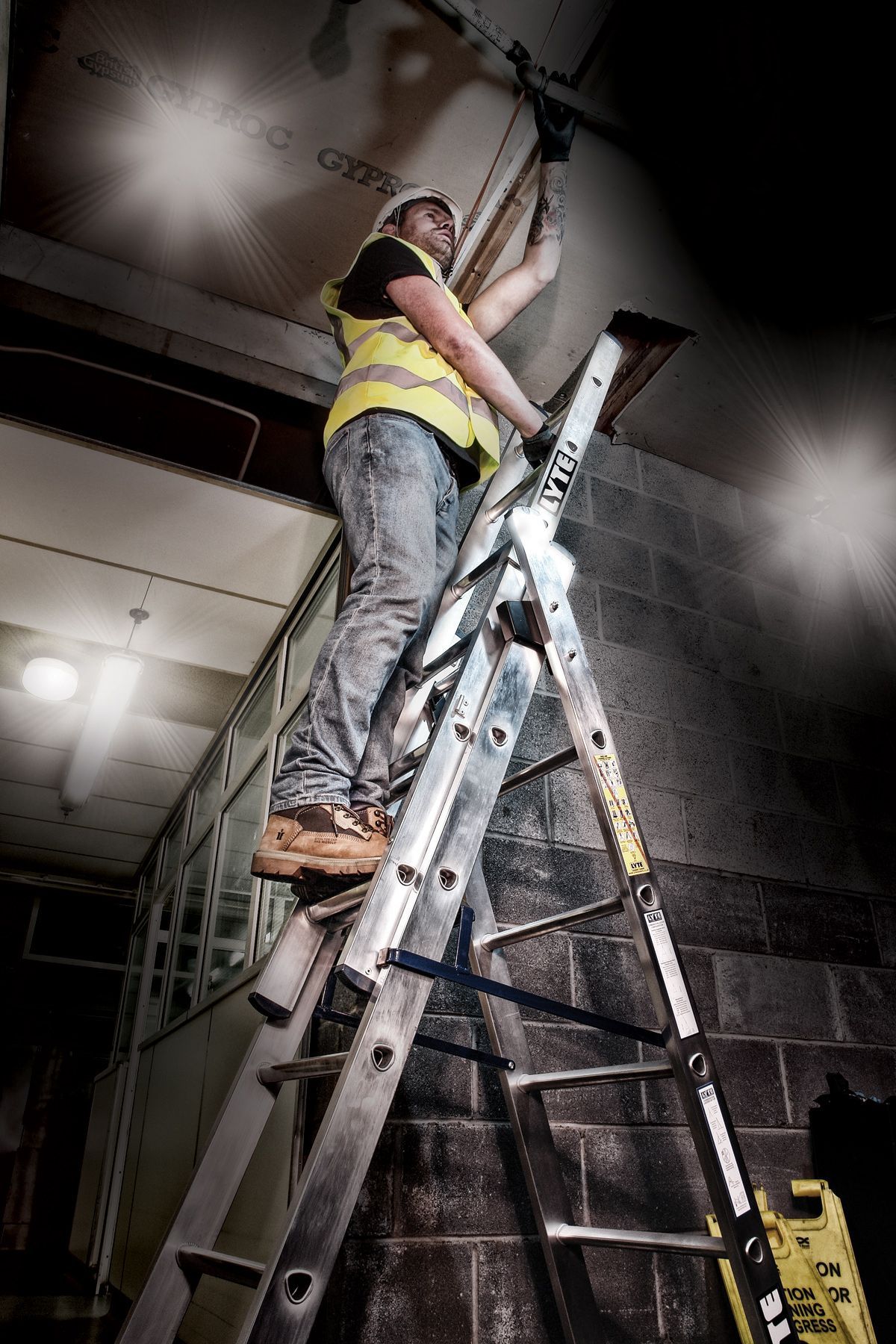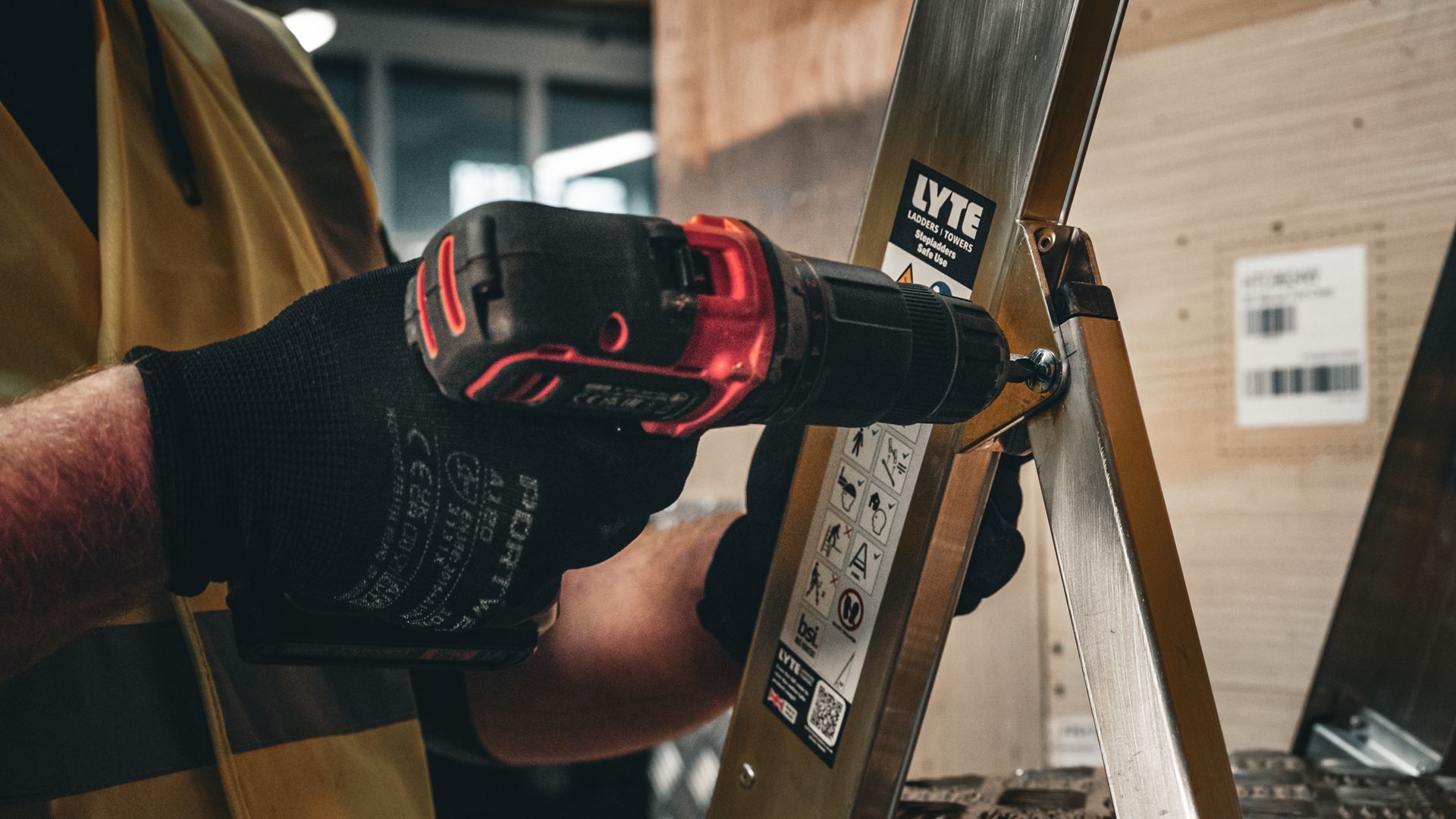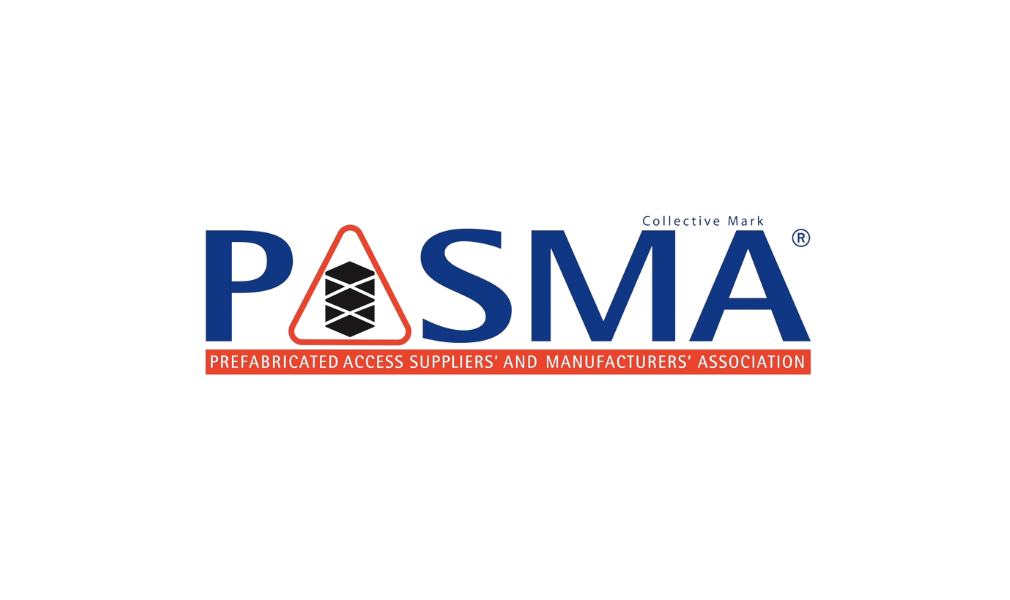The Sustainability of Aluminium Ladders: Recycle for a Greener Future
We are ensuring sustainability is at the heart of our operations at Lyte Ladders, and we’re proud to use Recycled Low-Carbon Aluminium 4.0 in the rungs of our ladders and treads of our steps. However, the sustainability benefits of aluminium don’t stop there. Aluminium is one of the most recyclable materials in the world, making ladders made from this versatile metal a smart choice for environmentally conscious businesses and individuals alike.
Why Aluminium is a Sustainable Choice
Aluminium is often referred to as the “green metal” because of its unique properties:
• Infinite Recyclability: Unlike many other materials, aluminium can be recycled indefinitely without losing its strength or durability. This means old aluminium can be reprocessed to create new products, including ladders, with no compromise on quality.
• Energy Savings: Recycling aluminium uses 95% less energy than producing it from raw materials. This drastic energy saving translates to a reduction in greenhouse gas emissions.
• Circular Economy: Recycling aluminium supports a circular economy where materials are reused, not wasted. This reduces the demand for mining new raw materials, conserving natural resources for future generations.
Recycling Aluminium Ladders in the UK
The UK is well-equipped to recycle aluminium ladders, with facilities across the country capable of handling this versatile material. Here’s how it works:
• Community Recycling Centres: Many local recycling centres accept aluminium items, including ladders. Simply check with your local council for drop-off points in your area.
• Scrap Metal Facilities: Specialist scrap yards actively purchase aluminium scrap for recycling. Aluminium ladders can be taken to these facilities, where they’re processed into raw materials for new products.
By taking your ladder to the right facility, you can help reduce waste and contribute to a more sustainable recycling process.
How to Prepare Aluminium Ladders for Recycling
To ensure your ladder is recycled efficiently, some preparation is required. Here’s a quick guide:
• Remove Non-Aluminium Components: Any plastic or rubber feet and caps, plus steel bolts should be removed before recycling. These components can often be recycled separately.
• Peel Off Labels: Remove adhesive labels, stickers, and any other non-aluminium material that could contaminate the recycling process.
• Check with the Facility: If in doubt, check with your chosen recycling centre or scrap yard for specific preparation requirements. Some facilities are equipped to handle minor contaminants.
Proper preparation not only ensures the recycling process is smoother but also improves the quality of the recycled aluminium, making it easier to reuse.
The Benefits of Recycling Aluminium Ladders
Recycling aluminium ladders isn’t just good for the environment — it’s also a win for businesses and individuals alike:
• Lower Carbon Footprint: Recycling saves energy and reduces emissions, helping both individuals and organisations meet their sustainability goals.
• Cost-Effective: Aluminium’s recyclability helps keep raw material costs down, ensuring sustainable products remain affordable.
• Support for the UK Economy: By recycling in the UK, we reduce reliance on imported materials and support local recycling facilities, jobs, and industries.
A Commitment to Sustainability at Lyte Ladders
From using Recycled Low-Carbon Aluminium 4.0 in our rungs and treads to ensuring our products are repairable, we’re focused on reducing waste and minimising our environmental impact. By choosing aluminium ladders, you’re investing in a product that’s not only built to last but also built to be part of a sustainable future.
Join Us in Building a Greener Future
By recycling your old ladders and choosing products made from sustainable materials, you can play a vital role in reducing waste and conserving resources. Together, we can make a difference — one ladder at a time.
If you’re interested in learning more about our sustainable products, get in touch with the Lyte team today. Let’s take steps toward a greener, more sustainable future.









